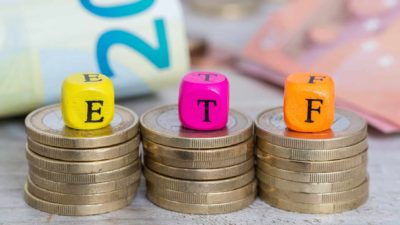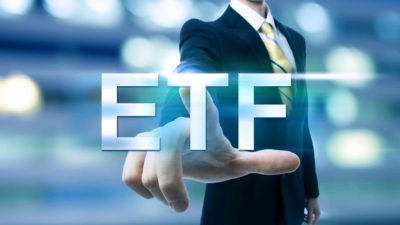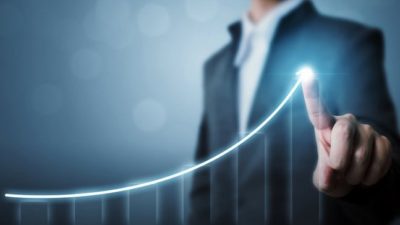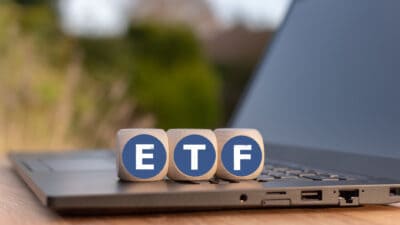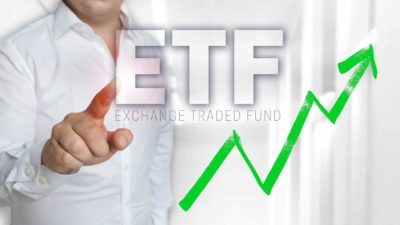The iShares S&P 500 ETF (ASX: IVV) has been a top-performing exchange-traded fund (ETF) since the start of 2024, as we can see on the chart below. In this article, we're going to look at how much money an investor with $5,000 might have made if that money was invested in the IVV ETF at the start of the year.
What has happened?
It has been a great time to own a piece of the US share market. Some of the biggest global tech companies have been top performers. The iShares S&P 500 ETF owns 500 of the largest and most profitable businesses that are listed in the US.
Since the start of 2024:
The Microsoft share price has risen 10.7%
The Alphabet share price has gone up 22.6%
The Amazon share price has soared 25.4%.
The Meta Platforms share price has shot higher by 36.5%.
The Nvidia share price has jumped 87.7%.
These are among the biggest businesses in the IVV ETF holdings, so they have had the biggest influence on the IVV ETF's overall returns. An ASX ETF's return is dictated by the performance of the underlying holdings. This portfolio has 500 holdings.
Since the start of 2024, the IVV ETF has risen by 12.7% in Australian dollar terms. If we look at the S&P 500 Index (SP: .INX), which measures the S&P 500 in American dollar terms, it experienced a rise of 9.4%.
How much $5,000 invested would be worth now
With a 12.7% capital gain, $5,000 would be worth roughly $5,635. That's a pretty good gain in just four months and nine days.
The IVV ETF has also paid distributions amounting to approximately 30 cents per unit, which translates into a distribution return of around 0.64% based on the ASX ETF's unit price at the start of 2024. That's a cash return of around $32 since the start of the year.
So, in total, an investor's wealth would have increased by $667, with most of that return being capital growth (on paper). Volatility could be just around the corner and send the IVV ETF unit price even higher, or lower.
Past performance is not a guarantee of future performance, but the IVV ETF has done very well over the years, rising by an average of 16.2% per annum in the last decade thanks to the strength of the underlying businesses.

